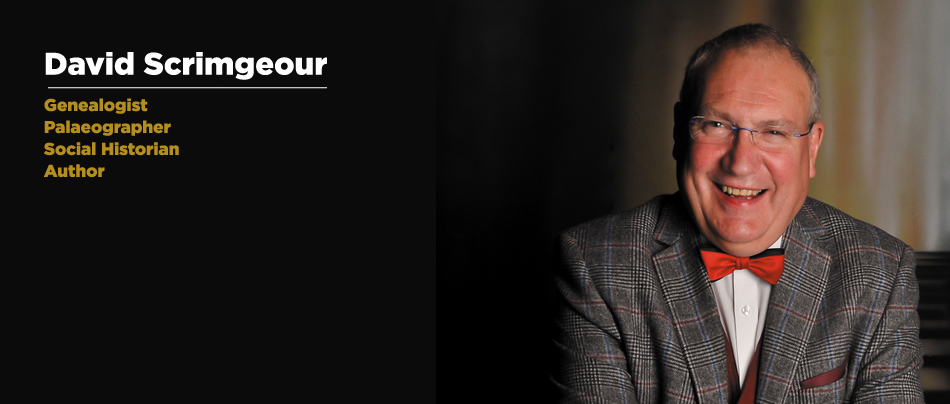I was visiting Selby and District FHG to present on aspects of Early Asylum Life. My talk was well received and afterwards I chatted to a number of the members. One gentleman, John Riley, had recently found that a great aunt had died in an asylum, The Grange in Midlothian, Scotland in 1873 but did not know much beyond that. As I’ve spent many years studying Scottish records using the website Scotland’s People I thought I might just be able to help him. He was puzzled that while Ann had been taken all the way to Scotland to end her days in a private asylum, her husband had remained in Yorkshire. I guess that is when little seeds of doubt began to sprout in my mind. There was certainly something unusual going on here.
John showed me an image of the record he had found for Ann Garside. It was from Ancestry’s UK, Lunacy Patients Admission Registers, 1846-1912, a record set I’ve used a lot over the past two years. Originally created by the Commissioners in Lunacy and now stored in the National Archives, Kew (Class: MH94) this recently digitised register holds basic information - name, gender, name of establishment, date of admission, date of death if applicable - and whether the individual was being admitted as a private or pauper patient. Every person admitted to a county or private asylum, not in the United Kingdom as Ancestry’s record set name suggests but in England and Wales, should appear in that register. Midlothian is definitely not in England or Wales.
I decided to look for Ann Garside myself and soon found her.
Sure enough, the transcribed index states Midlothian, but knowing that had to be an error, I thought I would have a look at the original entry.
Entry 30,074 shows that Ann Garside had indeed been admitted as a private patient to “The Grange” on 25 January 1873 and died there just a week later. Nowhere in that admission register entry is there anything to suggest that “The Grange” was in Midlothian. That extra information can only have been added by Ancestry and one imagines that someone had a list of all the transcribed asylum names appearing in the records and to be helpful to us genealogists, decided to add the location where that institution could be found.
Ann must have passed away in an English asylum in February, 1873. A search on the General Register Office website found that a death had been registered for an Ann Garside in Rotherham, Yorkshire in Q1 1873.
With name, date and location matching the known facts this must be the lady in question. John will be buying a copy of her death certificate to establish the cause of her death.
A search for The Grange Asylum, Rotherham on Google found Thundercliffe Grange at Kimberworth near Rotherham which opened as a small private asylum for ladies in 1872. Unfortunately, according to The National Archives, no records for Thundercliffe Grange have survived from 1873, although I’d probably want to make a quick call to Sheffield City Archives, just in case anything new has emerged.
I’ve posted a correction to this record on Ancestry which should mean that nobody else will be led down that particular blind alley. What other errors could be discovered in this dataset? I looked back through my research notes and it did not take long to find three more absolute howlers in the Ancestry data:
The first purpose built asylum for the criminally insane, “Broadmoor”, seems to have moved from Crowthorne, Berkshire, England to Pembrokeshire, Wales.
“Fisherton”, believed to be Fisherton House, a private asylum taking criminal lunatics for the government was in Salisbury, Wiltshire, England yet in Ancestry it is shown as being in Ayrshire, Scotland. Another entry for what has to be the same asylum, this time “Fisherton H.” is shown located in Inverness-shire, Scotland.
The Norfolk County Asylum shown simply as “Norwich” the town where it was located in Norfolk, England shows a location in Ancestry of Shetland, Scotland which must be just about as far away from Norwich as one could possibly travel in Great Britain.
I don’t think any of those asylum locations would have needed specialist geographical or asylum knowledge to have got them right in the first place. Suggesting the location of the institution would be a boon to the researcher whose next port of call should probably be to the appropriate local county records office where the majority of surviving asylum records are held. Just a great pity that more care wasn't taken to verify the locations before the dataset was published.
In spite of the obvious funnies which appear in the dataset, this set of digitised registers is a real boon to anyone who wants to check for missing ancestors who might just possibly turn up in an asylum, perhaps with surviving case notes, and maybe even a photograph.
Happy archivology!








